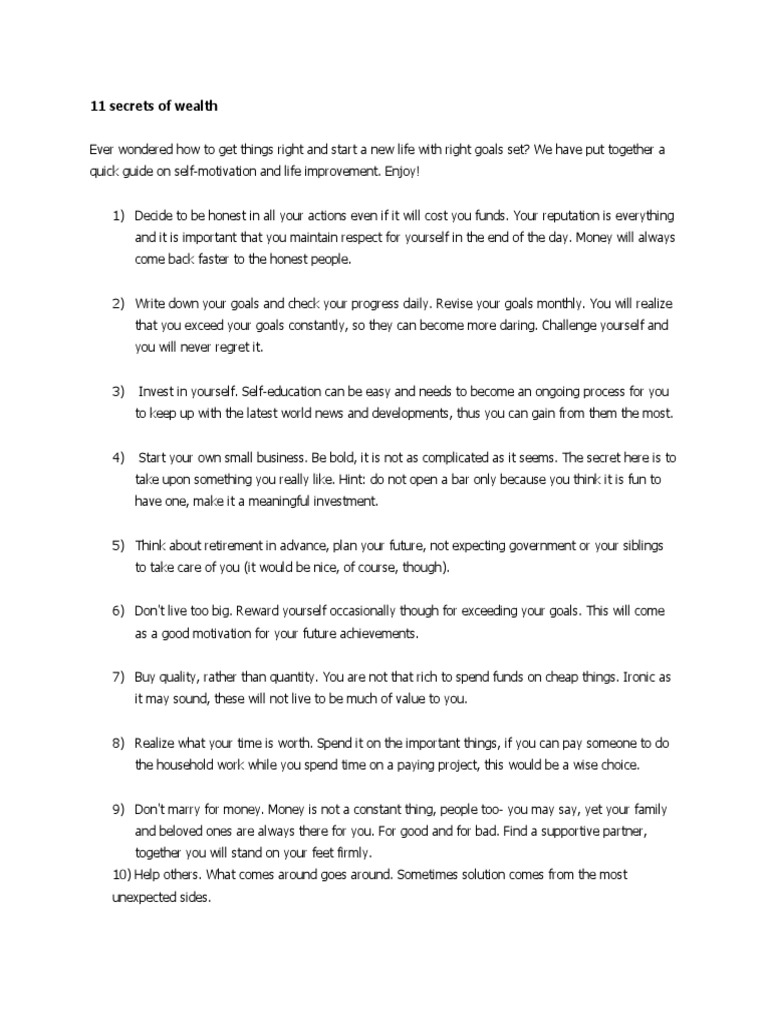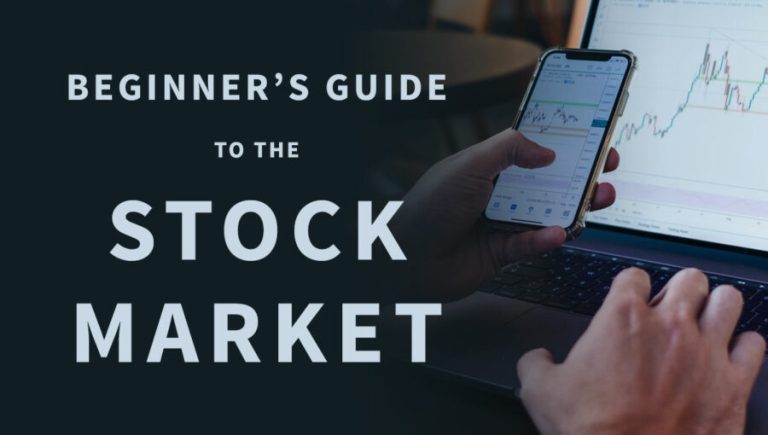In the realm of finance, the terms “trading” and “investing” frequently emerge in conversations surrounding the stock market. Both are essential activities within the financial ecosystem, but they serve different purposes and attract different types of participants. Understanding these distinctions can empower you to make more informed decisions depending on your financial goals. Let’s explore the nuanced differences between stock market investing and trading, and discover the optimal strategies that each approach entails.
Understanding Stock Market Investing and Trading
When we talk about the stock market, it’s vital to delineate between investing and trading. On the surface, they may seem synonymous; however, their underlying philosophies differentiate them significantly. While stock market investing focuses on long-term strategies aiming for substantial growth over time, trading is more about short-term tactics that capitalize on market fluctuations.
As we navigate through this discussion, it’s crucial to comprehend these terms in greater depth. Investing carries the expectation of being in for the long haul, standing by your purchases for years—if not decades—allowing compound interest to work its magic. In contrast, trading requires a keen eye for entry and exit points, often leading traders to buy and sell assets within days, hours, or even minutes.
The Philosophy of Stock Market Investing
Stock market investing is predicated on the principles of research, patience, and a long-term vision. Investors typically gain insight into the companies they wish to invest in, assessing their fundamentals, market positions, and potential for sustainable growth. This approach minimizes risk, as it relies on in-depth analysis and historical performance rather than whims.
Investing strategies often include dollar-cost averaging, dividend reinvestment, and value investing. These methods primarily focus on growing wealth steadily, rather than seeking sudden, short-term returns. Such philosophies resonate well among those who prefer stability and are wary of market volatility.
Trading: An Agile Strategy in the Stock Market
On the opposite side of the spectrum lies trading. Here, participants seek to engage with the market’s fluctuations and capitalize on short-term opportunities. Day trading, swing trading, and scalping are common practices that emphasize quick, decisive action. Traders delve into market technicals, scrutinizing charts and patterns while employing a variety of tools and indicators to make their profit objectives a reality.
Trading appeals to individuals who thrive on dynamic environments, where decisions need to be made swiftly, often fueled by gut instinct alongside analytical insights. While the potential for high reward is alluring, traders must also grasp the risks involved; the fast-paced nature of trading can lead to substantial losses as quickly as it can yield profits.
Navigating Between Stock Market Investing and Trading
Now that we have explored the distinct characteristics of investing and trading, the next step is determining where you fit in this duality. Personal financial goals, risk tolerance, and time commitment play critical roles in this decision. Investors looking to build wealth gradually will likely find solace in a stock market investing strategy. Conversely, those looking for excitement and speed may prefer trading, though they must be vigilant and disciplined.
It’s important to note that some successful individuals practice a hybrid strategy. They allocate a portion of their finances towards long-term investments while simultaneously engaging in trading activities. This diversified methodology can be a prudent way to balance growth with risk management while embracing the thrill of the stock market.
Risk Management in Stock Market Investing and Trading
Regardless of your path—be it investing or trading—risk management stands as a cornerstone of success. In stock market investing, strategies such as diversification and asset allocation reduce risks associated with any single investment. Spreading investments across various sectors, asset classes, and geographies can mitigate potential downturns.
For traders, risk management is equally paramount, often realized through techniques like setting stop-loss orders, which automatically sell a stock when it hits a predetermined price. Traders are encouraged to set their risk-to-reward ratio, ensuring that the potential gains outweigh the possible losses on any trade.
The Psychological Aspect of Trading and Investing
The psychological dimension of stock market investing and trading also cannot be underestimated. Investors must cultivate patience and avoid panic during market downturns, reinforcing their belief in long-term strategies. In stark contrast, traders must maintain a level head, avoiding emotional decision-making that often arises from rapid market changes.
Both investing and trading require strong mental fortitude. Becoming complacent may hinder investing, while overconfidence can compromise trading success. Continuous learning and adaptability are essential traits for navigating the complexities of the stock market.
Conclusion: Choosing the Right Path in the Stock Market
In conclusion, distinguishing between stock market investing and trading allows individuals to align their strategies with their financial aspirations. Each approach offers its own rewards and challenges, catering to diverse types of investors and traders. Whether you choose to invest for the long haul or engage in the fast-paced world of trading, the most important aspect is to remain informed, disciplined, and aware of your financial goals.
Ultimately, the right choice boils down to your unique situation. Embrace the journey and equip yourself with the knowledge to thrive in the stock market, be it through investing or trading. With proper guidance and insight, you will navigate this fascinating domain with confidence, making sound decisions that pave the path towards financial success.



